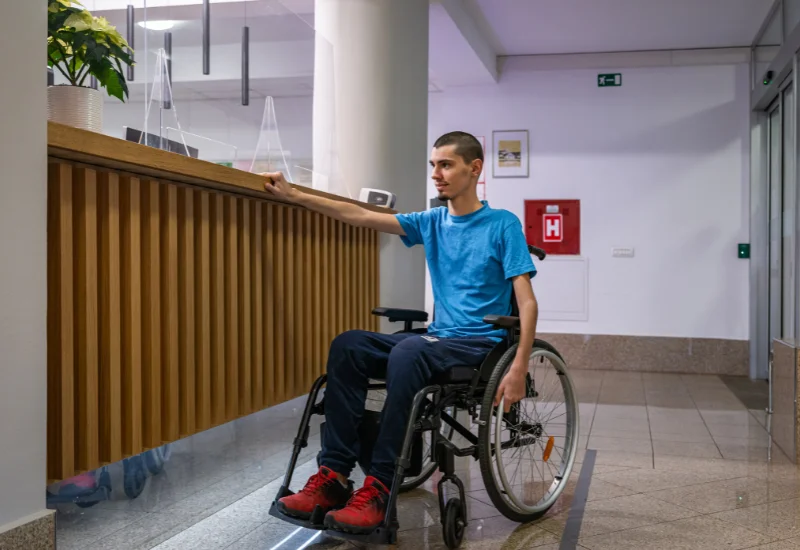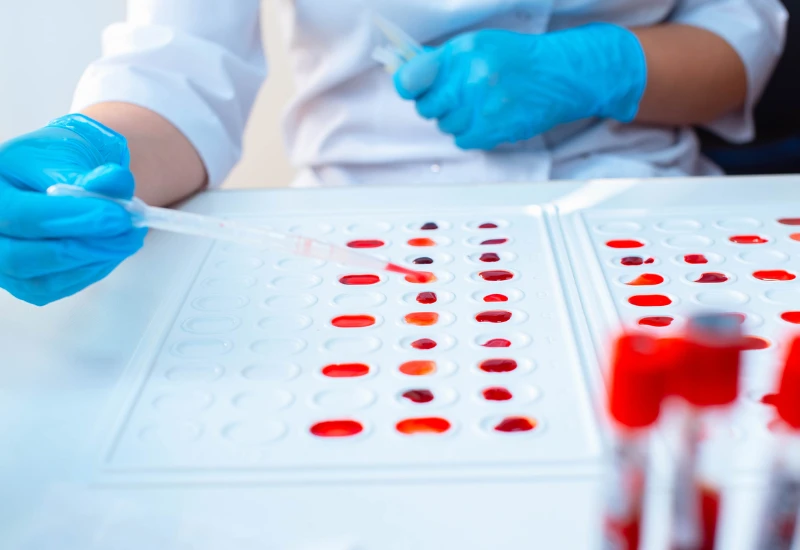Muscular Dystrophy Treatment by Stem Cells at IRM Hospital
Muscular dystrophy represents a group of genetic diseases characterized by progressive weakness and degeneration of the skeletal muscles that control movement. The quest for effective treatments has been ongoing, with stem cell therapy emerging as a beacon of hope. IRM Hospital in Islamabad stands at the forefront of this innovative approach, offering new possibilities for patients battling this challenging condition.
Muscular dystrophy encompasses a spectrum of genetic disorders that lead to muscle degeneration and weakness. Among these, Duchenne Muscular Dystrophy is perhaps the most well-known, affecting primarily boys and leading to early onset muscle weakness. The disease progressively impairs mobility and can affect the heart and lungs, significantly reducing life expectancy.


The Science Behind the Treatment
The therapy involves harvesting stem cells, either from the patient’s body or a donor, and then processing and injecting these cells into the affected muscular areas. These stem cells have the unique ability to differentiate into muscle cells, promoting the repair and regeneration of damaged tissues.

Patient Outcomes and Success Stories
Patients undergoing stem cell therapy at IRM Hospital have reported improvements in muscle strength, increased mobility, and a better overall quality of life. Success stories of individuals regaining the ability to perform daily activities independently underscore the potential of this treatment.

Cutting-Edge Research and Development
The hospital’s commitment to medical advances extends to its participation in international research collaborations. By staying at the cutting edge of stem cell technology and therapeutic techniques, IRM Hospital is not just treating patients but also contributing to the global body of knowledge on muscular dystrophy treatment.
IRM Hospital's
Approach to Stem Cell Therapy
IRM Hospital, located in the heart of Islamabad, has become a pioneer in applying stem cell therapy to treat muscular dystrophy. Their approach integrates the latest in stem cell research with a patient-centered care model, focusing on enhancing quality of life and slowing disease progression. Stem cell therapy, a segment of regenerative medicine, holds the potential to repair damaged tissues and organs.
This groundbreaking technique involves the use of stem cells to regenerate muscle fibers that have been deteriorated by muscular dystrophy. It's a ray of hope for many who have long awaited a breakthrough in treatment options.
Precision & Advancement in Modern Treatments
medical emergency services at IRM
Hospital, Islamabad, reflect a deep-seated commitment to saving lives and providing the highest level of care in moments of crisis.
Physical Therapy and Rehabilitation
Physical therapy stands as a cornerstone in managing muscular dystrophy. Customized exercise programs are designed to enhance muscle strength, maintain mobility, and prevent contractures. IRM Hospital’s rehabilitation services also include aquatic therapy, which uses water’s buoyancy to facilitate muscle exercises with reduced strain.
Occupational Therapy
Occupational therapy at IRM focuses on improving patients’ ability to perform daily activities, promoting independence. Therapists introduce adaptive equipment and techniques to compensate for muscle weakness, ensuring patients can navigate their environments safely and efficiently.
Respiratory Therapy
As muscular dystrophy progresses, respiratory muscles can weaken, necessitating respiratory therapy. This includes exercises to strengthen the lungs, the use of ventilators to aid breathing, and cough assist devices to prevent respiratory infections. IRM’s respiratory therapists play a pivotal role in monitoring lung function and ensuring patients receive timely interventions.
Nutritional Support
Proper nutrition is vital for patients with MD, as it supports muscle health and can prevent obesity, which adds strain to weakened muscles. Dietitians at IRM Hospital develop personalized nutrition plans, taking into account the patient’s needs, dietary restrictions, and the progression of their condition.
Cardiac Care
Some forms of muscular dystrophy can affect the heart, requiring specialized cardiac care. IRM Hospital offers comprehensive cardiac monitoring and treatments, including medications to manage heart symptoms and devices like pacemakers to regulate heart rhythm.
Psychological Support
Living with muscular dystrophy can be challenging, not just physically but also emotionally. IRM provides psychological support and counseling for patients and their families, helping them navigate the emotional aspects of the disease, from diagnosis through long-term management.
Medications
While there’s no cure for MD, certain medications can help manage symptoms or slow progression. These may include corticosteroids to increase muscle strength, heart medications, and anticonvulsants for muscle spasms. IRM Hospital’s specialists tailor medication regimes to each patient’s specific form of MD and current health status.
Genetic Counseling
Given the hereditary nature of MD, genetic counseling is an invaluable resource for affected families. IRM Hospital offers counseling services to help families understand the risks of MD, the likelihood of passing the condition to children, and insights into genetic testing.
Navigating the Path to Recovery
The journey with stem cell therapy is a partnership between the patient, their family, and the medical team. IRM Hospital emphasizes the importance of informed consent, thorough consultations, and continuous follow-up to monitor progress and adjust treatment as needed.
Looking to the Future
As research advances, the potential for stem cell therapy in treating muscular dystrophy continues to expand. IRM Hospital remains at the forefront, embracing new technologies and treatment innovations to offer hope and healing to those affected by this debilitating condition.
Emerging Therapies
IRM Hospital is actively involved in research and clinical trials, exploring emerging therapies for muscular dystrophy. This includes gene therapy, aimed at correcting the genetic mutations causing MD, and new medications that target the disease’s molecular pathways.
Conclusion
The treatment of muscular dystrophy through stem cell therapy at IRM Hospital in Islamabad represents a significant advancement in medical science. By harnessing the power of regenerative medicine, the hospital offers a promising path to those seeking to overcome the challenges of muscular dystrophy. As science progresses, the hope is that this innovative therapy will continue to improve patient outcomes, paving the way for a future where muscular dystrophy can be effectively managed or even cured.






